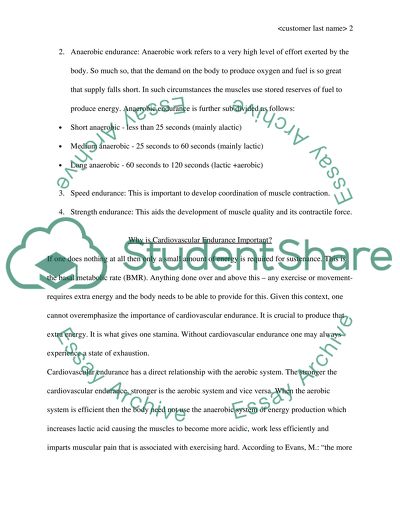Cite this document
(“Cardiovascular Endurance and Spatial Orientation Essay”, n.d.)
Retrieved from https://studentshare.org/health-sciences-medicine/1504813-cardiovascular-endurance-and-spatial-orientation
Retrieved from https://studentshare.org/health-sciences-medicine/1504813-cardiovascular-endurance-and-spatial-orientation
(Cardiovascular Endurance and Spatial Orientation Essay)
https://studentshare.org/health-sciences-medicine/1504813-cardiovascular-endurance-and-spatial-orientation.
https://studentshare.org/health-sciences-medicine/1504813-cardiovascular-endurance-and-spatial-orientation.
“Cardiovascular Endurance and Spatial Orientation Essay”, n.d. https://studentshare.org/health-sciences-medicine/1504813-cardiovascular-endurance-and-spatial-orientation.


